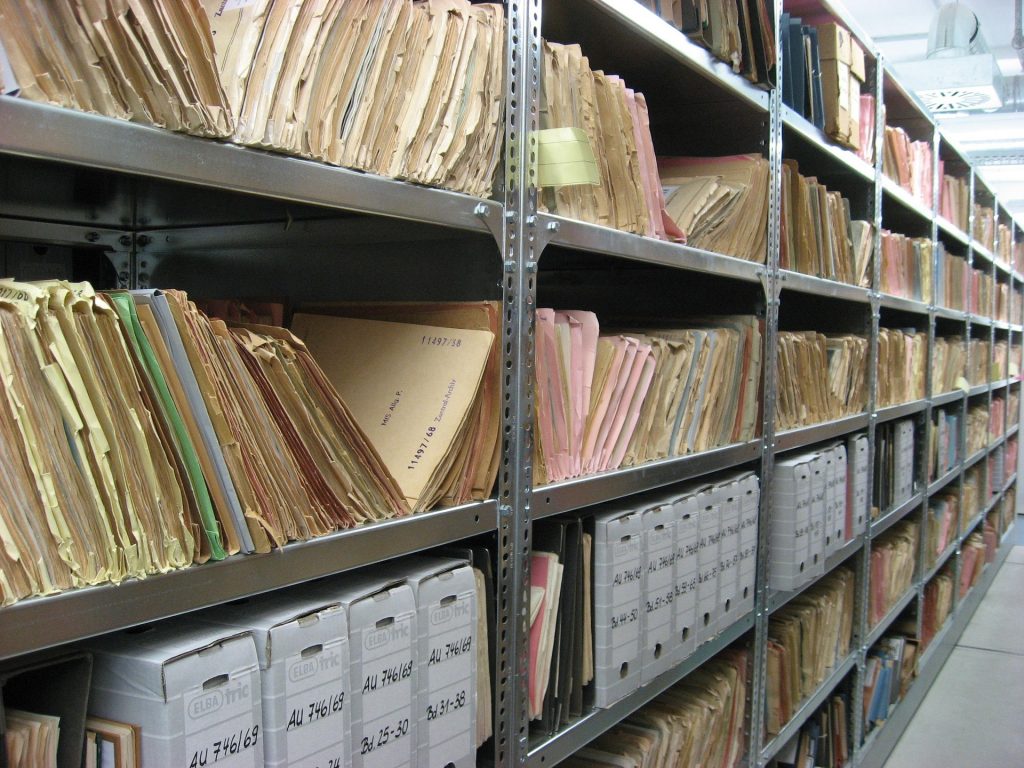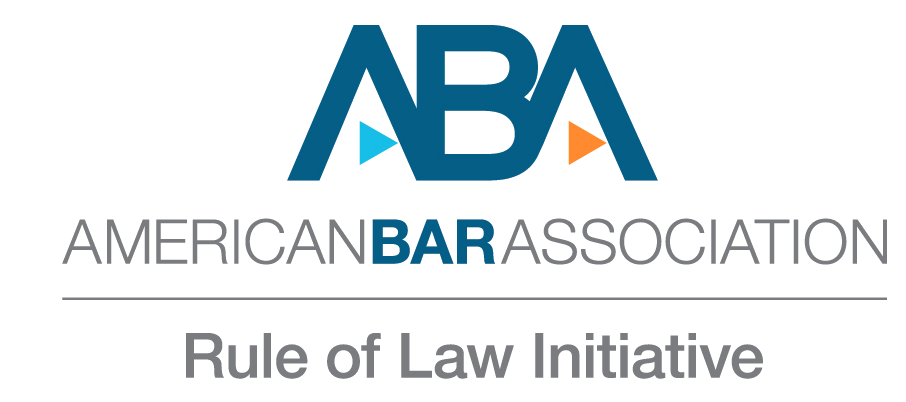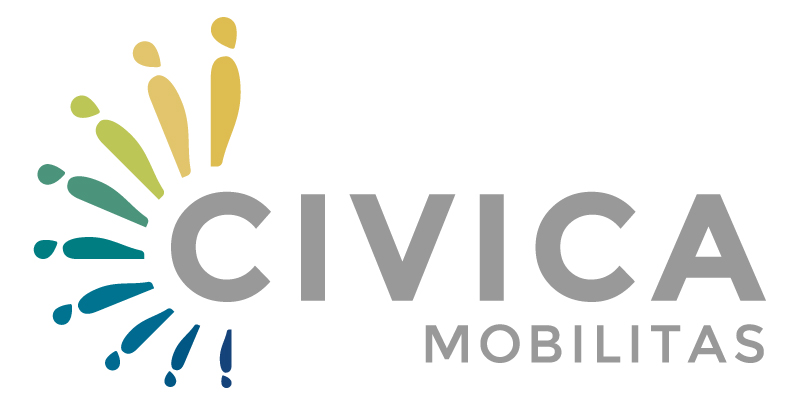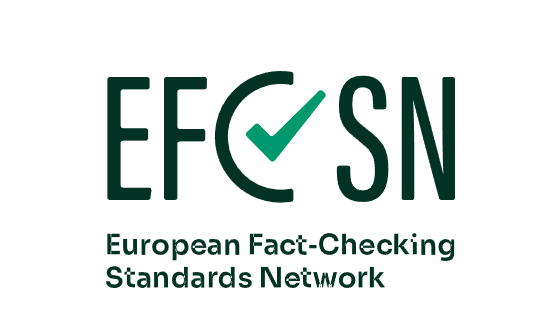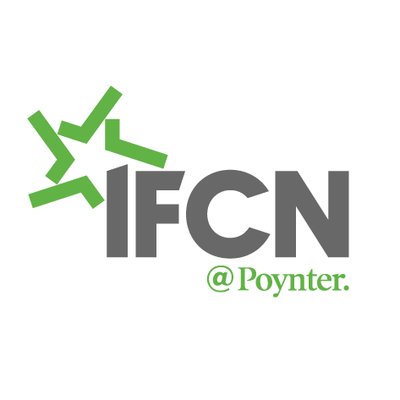Source: www.pixabay.com
Open data as a concept is relatively new, it hasn’t yet celebrated its 30th birthday since it was first mentioned as a term in 1995 from an American scientific agency. Nevertheless, it has gained prominence across the world at a great speed due to the need for fast and easy access to information to be used for journalism, research, education, and IT solutions, amongst others. From Obama’s Open Data Policy back in 2013 which was a one-of-a-kind policy at the time to make data from the Federal Government more accessible, to small countries such as Kosovo implementing the Open Data Initiative in 2016, open data is continuously being integrated as a tool to enhance transparency, accountability and efficiency.
Such gain in prominence has been accompanied with many misconceptions that have hindered a faster spread and integration of open data within public institutions around the world, including the Western Balkans. Specifically, open data is defined as “…data that can be freely used, re-used and redistributed by anyone – subject only, at most, to the requirement to attribute and sharealike.” At the institutional level, open data has been both welcomed and feared. Welcomed in the sense that it saves time from communicating with third parties about providing certain documents where such documents can be made public beforehand and thus accessible to interested parties; and feared in the sense that it can be a threat to privacy and can lead to the publication of confidential institutional documents.
Such fear has translated into misconceptions about open data thus endangering the development of best open data practices amongst public institutions. The misconceptions about open data that this article will tackle are informed by the experience and lessons learned of the ICEDA project partners who have been engaged in the promotion, research, close collaboration with public institutions, and implementation of various open data initiatives in Kosovo, North Macedonia, Albania, Montenegro and Serbia.
Misconception 1. Open data is publishing a PDF document of data about air quality indicators for the past 3 months.
While publishing a PDF document (which is poorly scanned and searchable) surely provides information about a certain issue, the aim of open data is not to only provide data, but to provide data in a format which can be easily-accessed and re-used. In the above-mentioned example, the public will have access to the air quality indicators data, but at what cost? The user will have to put the data in open format which takes time and effort. With this in mind, public officials should publish data in formats which ease the work of the end-user as a priority.
Misconception 2. Open data threatens the privacy of citizens and confidentiality of government information
Open data does not mean that every single document that the public institution produces should be made available since some documents contain confidential information which is not meant for the public. Each country in the Western Balkans has laws in place regarding Freedom of Information and Access to Public Documents which regulate this sphere. As such, these laws should be closely analyzed by the public officials in charge so that citizens are not denied access to data and information as allowed by law.
Whereas, regarding the privacy of citizens, open data protects their privacy which can be illustrated by the following example. Let’s say an NGO requests access to data from the Ministry of Education regarding the number of students in a certain field and data about their age, residence, sex. If the Ministry were to provide a sheet which contains such data, accompanied by other data such as: the names and surnames, phone numbers, ID numbers, etc. of the students, then that would be a breach of privacy. But, data such as the number of students, accompanied bytheir age, residence, and sex, does not violate their privacy since we cannot trace back the data to a certain individual.
Misconception 3. Open data’s only goal is to increase transparency and accessibility for the public
Definitely, one of open data’s goals is to increase transparency and accessibility for the public, nevertheless, such open data is also meant to be analyzed and to be used to inform decision-making and research across different levels. In other words, publishing the data in itself is not enough; understanding and analyzing the data, compliments the mission behind open data. For example, data regarding the number of students who attended high school and then higher education which depicts how many students are joining a certain field can be used as an indicator by the respective public institutions as to which fields are gaining more interest by students and look into why that is. This allows for the respective public institutions to design mechanisms that further develop such initiatives.
In addition, open data can be an asset for the private sector as well. Businesses across different fields can use open data to design and improve their products or services. As shown by the Open Data Impact Map, businesses, specifically commercial enterprises and the developer community, in Europe and Central Asia use open data. Sectors that lead with the usage of open data in their processes in this region are IT and geospatial, governance, business, research and consulting, amongst others.
Based on this, the end goal of open data regarding public institutions is not publishing that PDF document on the government website, but it is to foster a culture of a data-based approach across different spheres of work.
Tackling open data misconceptions can take various forms, whether that is capacity-building of public officials, consultation with governments, development of digital solutions which enable easier access to open data, amongst others. Each Western Balkan country has open data initiatives or mechanisms that foster such culture.
Kosovo embraced the open data movement by developing the Open Government Data Portal back in 2015, which Open Data Kosovo developed. Along with this, Kosovo also implemented the Open Data Charter in 2016 which integrated open data practices within public institutions in Kosovo. Also, the e-procurement platform is very advanced and includes extensive data about the public contracts. In addition to this, ICEDA project partner, Open Data Kosovo has developed numerous open-data-driven digital solutions such as Open Contracts (with OCDS), Open Businesses and The Future Workplace. These platforms utilize open data by public institutions to shed light on different topics such as public procurement, business and education sector. In addition, according to the legislation in force, every public institution besides the Official for Access to Public Documents, has to have an Official for Open Data. In addition, at local level, Municipality of Pristina is highly committed to open data by developing a platform which contains data about income, spendings, budget, and other comparison tools regarding income and spendings.
North Macedonia has developed multiple mechanisms which foster the usage of open data. To begin with, the Open Finance platform offers users insight into data on every budget transaction of all users of the State Budget, including transactions of the Local Self-Government Units (LSGUs) and their budget institutions, which are disbursed by the Treasury of the Ministry of Finances. Furthermore, North Macedonia, also has other platforms which provide access to open data such as Open Data which offers data on the way public money, amongst others; and Data Gov which is an open data ecosystem in which data is produced, opened, enriched and reused. Also, North Macedonia has developed a COVID-19 platform which provides COVID-19 statistics demonstrated visually which can be downloaded as csv segregated by a great number of indicators. Also, in 2020 and 2021, Metamorphosis Foundation, within the USAID Citizen Participation Project, in cooperation with the Ministry of Information Society and Administration, is implementing activities which have so far led to a total of 30 new data sets being published in open format, such as: data related to the budgets of institutions, public procurement, staff structure, data on LSGUs and planning regions, data on tax revenue collection, VAT revenues, amongst others.
Serbia, responding to the digital revolution that has encompassed the world as stated in The Office for Information Technologies and eGovernment’s website, launched the Open Data portal which contains data categorized within the following themes: public safety, energy, education, management, health and environment. In addition, the portal also includes a section which outlines what is open data and the benefits stemming from such data. Also, adapting to the COVID-19 pandemic, a platform which depicts data about the COVID-19 situation in Serbia has been developed with the aim to provide real-time data about the situation.
Montenegro within the Ministry of Public Administration, Digital Society, and Media, has established the Open Data Portal which offers data categorized in different themes such as: Energy and Minning, Finance, Education, Agriculture etc. Through the platform, users can download datasets from these categories, and get instructions on how to use the platform, thus adding to its usability.
When visiting Albania’s Open Data portal, a pop-up message informs the user that such a platform exists as part of Albania’s commitment to the Open Government Partnership which encourages countries to develop mechanisms to be more open and transparent. The portal offers a variety of mechanisms to filter data based on categories, institutions, and type of data. Other platforms which utilize open data are: Open Corporates which opens data regarding the private sector in Albania; Open Procurement Albania which utilizes data from the public procurement in Albania; Open Spending Albania which utilizes data about the spendings of the government, as well as about information about public official’s wealth and income. At the local level, only the Municipality of Tirana published data in an open format and easily-analyzed.
These portals and initiatives show that the ICEDA project countries and part of the ICEDA partners are working towards more open and transparent governance. ICEDA project partners’ experience shows that such initiatives are more than welcome due to the many benefits stemming from open data. As stated by the World Bank, open data’s key benefits are as following:
Transparency
Through open data, governments are able to be more transparent since data is readily- and easily-available to interested parties, without the need to go back-and-forth communicating with one-another. Journalists, researchers, and other stakeholders, easily track government activities, thus enhancing their data-based approach part of the work.
Public Service Improvement
As has been highlighted throughout this article, open data has the potential to be a key input in policy-making, informed civic-engagement, and more. In other words, citizens can use open data to understand how their government is performing by analyzing the data about their services, and participate in the decision-making processes in an informed way.
In addition to this, an issue which has been highlighted by the ICEDA project partners, open data can also serve as a key input for innovative IT solutions since the insights gained from such data will serve as key understanding of how one process is being completed, or how citizens use a certain service, amongst others.
Innovation and Economic Values
As has been mentioned above, businesses can use open data to design products and services that are based on data. Such data-based approaches must be promoted and encouraged since it is crucial for the businesses to design solutions which answer to consumer needs.
Efficiency
Furthermore, open data can contribute to better interoperability of the institutions. Many times institutions store their data or information in hard copies, far away from easy and fast access by citizens, and even by public officials who work in those public institutions. Thus, the transition to publishing such data online would not only ease access by citizens, but also by public officials and other institutions.. In other words, a public official would not have to make a request for access to specific information, and wait for days for a response. Rather than, they would access the data via a joint interoperability platform and in a matter of seconds have access to certain information.
Source: www.pixabay.com
Tackling open data misconceptions is no easy task, nevertheless by working closely with public institutions whether that is through capacity-building or development of digital solutions due to the great benefits that stem from open data, we can change the attitude from within and transfer such knowledge to the citizens.
Share:

